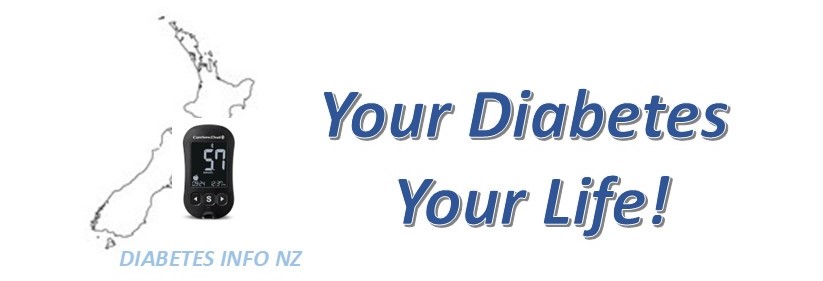Diabetes Remission
Diabetes remission — specifically for Type 2 diabetes — can sometimes be achieved through a combination of intentional, sustained lifestyle changes and/or medical interventions. How successful remission is in the long run, however, is dependent on the extent to which the Type 2 diabetes disease process has progressed before intervention is started.
In other words, to successfully put prediabetes or Type 2 diabetes into remission you need to take action as soon as possible after diagnosis.
Remission vs Reversal
There have been various different terms used to talk about normalisation of blood glucose levels in Type 2 diabetes. Each have different connotations if you think about them.
- Resolution means the diabetes is completely gone and won’t come back.
- Cure suggests the body is fully back to normal and no more treatment or check-ups are needed.
- Reversal means blood sugar levels have dropped below the diabetes range, but support is still needed to stop them from rising again.
- Remission means blood sugar levels are back to normal or below the diabetes level, but the person still needs ongoing support and regular check-ups.
Because people in remission still need care and monitoring, remission is the preferred term to describe word for people whose blood sugar levels are below the diabetes level but who still need to watch for any return of diabetes or other health problems.
Achieving Diabetes Remission
Weight Loss (Especially Early in Diagnosis)
Losing around 10–15 kg (or more, depending on body size) can significantly improve insulin sensitivity and help the pancreas recover some insulin-producing function.
Why it works: Reduces fat in the liver and pancreas, which improves glucose regulation.
Best results: Within 6 years of diagnosis.
Low-Calorie or Very Low-Calorie Diets (VLCDs)
Structured meal plans (e.g., 800 kcal/day) for a set period, often using meal replacement shakes, followed by gradual reintroduction of whole foods.
Example: The DiRECT study in the UK used this approach and showed nearly 50% remission rates at 1 year.
Low-Carbohydrate Diets
Reducing intake of refined and starchy carbohydrates (bread, pasta, rice, etc.) helps lower insulin demand and blood glucose.
Emphasize whole foods: vegetables, lean proteins, healthy fats.
Some people achieve remission with moderate weight loss on this diet alone.
Increased Physical Activity
Aim: At least 150 minutes/week of moderate-intensity exercise.
Benefit: Improves insulin sensitivity and helps maintain weight loss.
Bariatric (Metabolic) Surgery
Surgical options like gastric bypass or sleeve gastrectomy can lead to rapid and long-term remission — often within weeks post-surgery.
Best suited for people with severe obesity (BMI >35) and other health risks.
Ongoing Support and Monitoring
Structured programs with coaching, group support, or regular follow-ups help maintain remission.
Blood tests (like HbA1c) help track progress.
Key Remission Success Factors:
- Early intervention (ideally within the first few years of diagnosis)
- Sustained lifestyle changes
- Individualised support and culturally appropriate guidance
—
